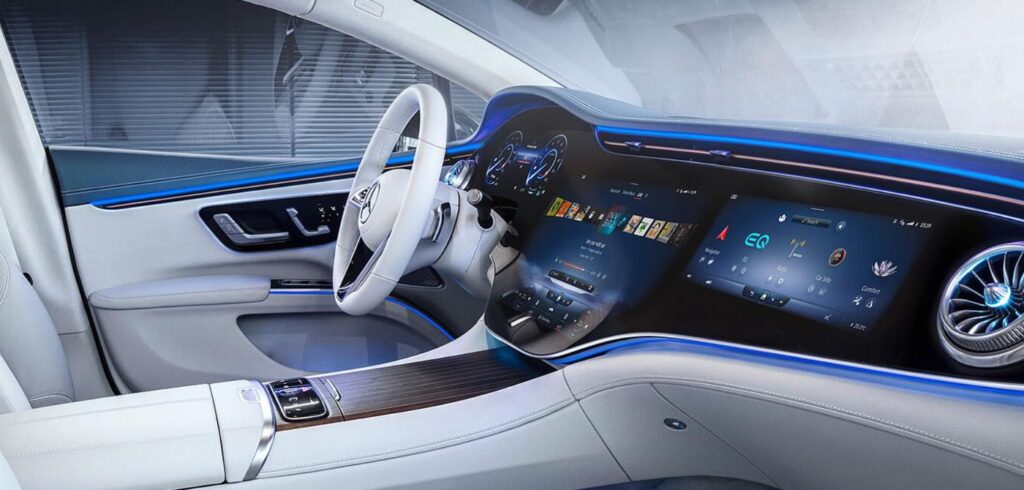The Qt Company is collaborating with Bosch to deploy its unified cross-platform HMI design and development framework to provide auto makers with the tools to create a solution-ready digital cockpit.
With the latest addition from Qt for MCUs, the platform can now be developed and deployed to any automotive grade microprocessing units (MPUs) and micro controller units (MCUs). The solution can be used across any operating system or software platform environment, including the likes of Integrity RTOS, QNX Neutrino RTOS, Android Automotive OS, and Automotive Grade Linux (AGL), as well as the newest addition to the Qt offering, Autosar Classic.
“Due to evolving customer demands for digital experience in automotive, Qt is pleased to now be able to announce a collaboration with Bosch that will offer their customers a solution-ready digital cockpit,” said Miao Luo, head of automotive and design at The Qt Company.
“This new approach will enable consumers to have access to the advanced digital cockpit features as demanded by the current state of the industry, bringing memorable experiences to all vehicle users. The ability to run a hybrid MPU and MCU model means OEMs will be able to squeeze more compute from the hardware, saving cost and increasing the benefits. We are developing a highly competitive and customizable HMI platform for the digital cockpits, and already we are seeing commercial production adoption by the OEMs.”
The collaboration between Qt and Bosch enables OEMs to build out the entire digital cockpit, and for the first time, Qt for MCU enables Qt HMI to be deployed on top of the Autosar Classic platform. OEMs can maximize the efficiency of graphics compute and safety while reducing the bill of material (BOM) cost. Development needs can also be scaled up and down when using Qt, and software developed with Qt is reusable and scalable source code. This improves productivity and reduces the product time to market.
The collaboration eliminates the need to buy additional hardware as all features, such as heating, ventilation and air conditioning (HVAC), and electric mirrors, can be enabled on a single system-on-a-chip (SoC). The rich user interface for MPUs and MCUs as a result of the HMI and Autosar integration will give the end user unparalleled visuals when making use of both safety-critical and non-safety critical HMIs within the digital cockpit.



